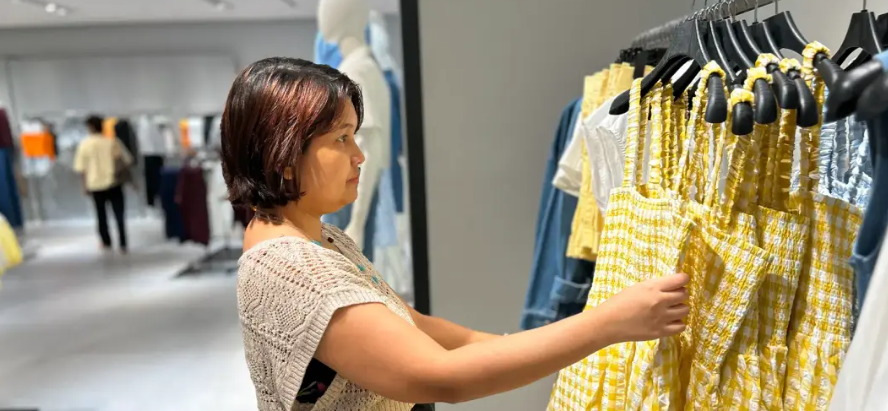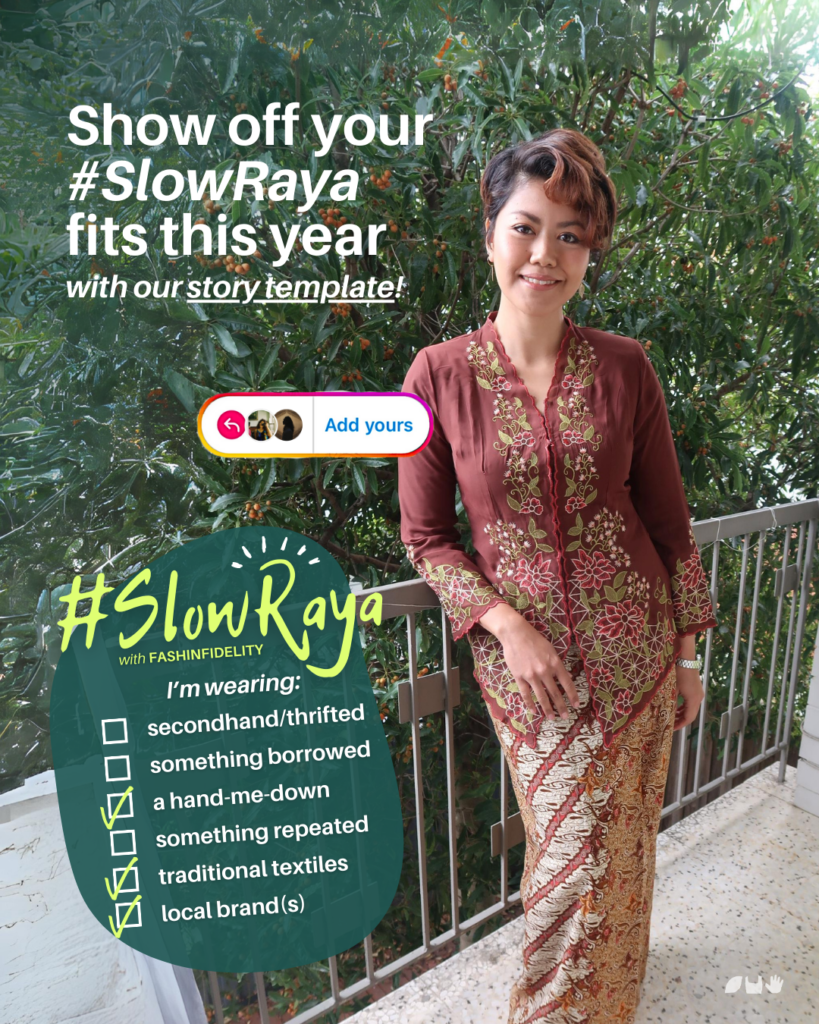Part 2 of 4
Now that we’ve laid some groundwork on fashion’s supply chain management and agility to respond to a volatile market, let’s continue to highlight the other trends niggling at fashion today.
This article is part of a series of deconstructing a massive global industry into areas for disruption on the road to #sustainability, by spotlighting 4 macrotrends in fashion’s supply chain that we can tackle, right now.
921 words; 4 min read.
Problem no. 2: Radical transparency
One of the things that often gets missed in the realm of fashion activism or ‘sustainable’ manufacturing is that nobody really mentions how their fibres are sourced and what processes goes into the making of the textiles a brand is using. There is a lot of information on the ‘type’ of fibres, its origins, who grows them, or if alternative feedstock is used, but at the end of the day fashion mostly skips the part where textiles are actually sourced and processed.
Did you know that there is no common language for sustainable fashion? No shared vocabulary among industry practitioners, therefore, no joint understanding of what being ‘sustainable’ actually is?

Photo: Unsplash
There is little visibility on the biggest (controllable) impact in fashion’s supply chain: Fibre Production and Manufacturing, normally referred to as Tier 3 & 4 suppliers. If you think about the news stories we’ve been fed on sustainable fashion, a lot of them stop at the cut-make-trim (CMT) factories, where women workers photographed behind rows of sewing machines often end up as poster girls of ‘opportunities’ in fashion.
But before we even get to this stage, no one sees the textile factories. Textile manufacturing workers prepare natural and synthetic fibres for spinning into yarn and manufacture yarn into textile products that are used in clothing, in household goods, and for many industrial purposes. These textiles are chemically processed, washed, dyed, and finished. These are often back-breaking work, dirty, unpleasant and very much labour-intensive.
Don’t get me wrong — the welfare of workers behind sewing machines are important, and fashion has a lot to answer for in this regard. Consider your textile mill workers, too, however: most millhands go to work early in the day and labour for ten to twelve hours straight, amid deafening noise, choking dust and lint, and overwhelming heat and humidity. It was not uncommon during the Industrial Revolution that mills would employ whole families, including children. Children workers in mills are a thing of the past now, but the way textiles come together as fabric really hasn’t changed very much.
We know consumers have smartened up. It’s no longer enough to display a ‘list’ of Tier 1 suppliers, without really acknowledging the safety conditions of your workers, or their treatment and welfare, and what types of third-party certifications are associated with your business or suppliers to assure customers of your commitments. Consumers are entitled to know more, and really, this is only the beginning of being transparent about your supply chain.

Source: McKinsey Apparel CPO Survey 2019
We still see textile mills around the world with not much industry regulation; still getting away with not treating wastewater on site prior to discharge into the environment, or dust- and lint-capturing systems, with poor personal protection standards for workers. The thing is, technologies on treating industrial washwaters and mitigating the impact of your workplace is already here. Hence, a very low-hanging fruit solution that fashion has to realise, now.
One of the things that I am not very impressed about is that consumers have to do all the work of ‘understanding’ where fashion or apparel brands sit in the sustainability ‘spectrum’ — instead of this sort of information being a standard.
Did you know that there is no common language for sustainable fashion? No shared vocabulary among industry practitioners, therefore, no joint understanding of what being ‘sustainable’ actually is?
No wonder consumers are confused!
What if we had a label on our clothes that broke down their ‘ingredients’? Much like how you would have a breakdown of fats, sugars, carbohydrates and dietary fibres in your yoghurt, the same should go for your clothes. ‘Apparel footprinting’ should really be universal and standardised. When we purchase our clothes, after we’ve decided their size and fit are right, and the price range is within our budget, the next thing that would be equally as important is its footprint. This could be a label attached to the clothing. Chemicals used, water, energy, impact on climate, living wage paid, fair conditions, and the like. It’ll revolutionise the way people buy fashion, don’t you think?

Source: McKinsey Apparel CPO Survey 2019
I think these solutions below could tackle radical transparency, and we can do them now.
- Compliance. Environmental standards throughout emerging markets could match environmental regulation and standards that we have in brands’ parent countries, i.e. Australia, USA and Italy.
- Stop greenwashing! Brands need to try harder to be honest.
- Product footprint ‘label’ needs to be standardised and universal.
- On the social justice front, globally harmonised standards for social auditing for normalised audit collaboration will ensure better transparency on equity and equality.
- Fashion, textile and apparel could look into industry-level wage agreements; and
- Brands could co-invest for sustainability improvements with their manufacturers and textile mills.
We all know that fashion is not regulated, but as consumers are no longer complacent, fashion, textile and apparel should be ready to expect regulation and fines in the near future as governments catch up.
One idea I’m really passionate about is a bottom-up approach of ‘cleaning up’ fashion. What if the above are driven by manufacturing facilities? The supply chain would be so much better, right? Not only that, but the power balance that almost always favours the brands could finally equalise and bring about better outcomes for production planning, worker welfare, and sustainability and the environment.
Missed out on last week’s post? Check it out here. Stay tuned for next week’s continuation of the series!
Join us in our Slow Fashion movement with the hashtags #ConscientiousFashionista and #wardrobetruths on Instagram, and follow us at @fashinfidelity.
Tags: #radicaltransparency
#sustainability #fashion #fashionsupplychain #supplychain #circularity #ethicalfashion #sustainablefashion #conscientiousfashionista #fastfashion #slowfashion #wardrobetruths #fashioneducation #fashion #fashinfidelity




